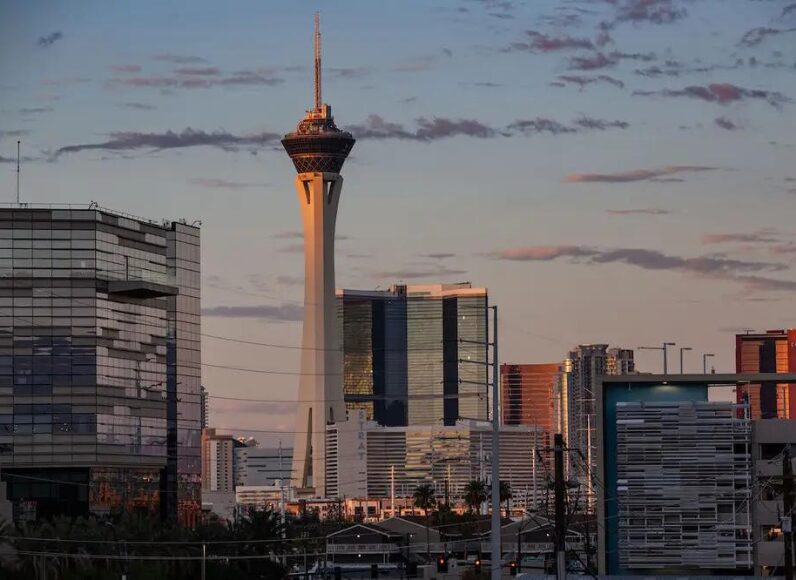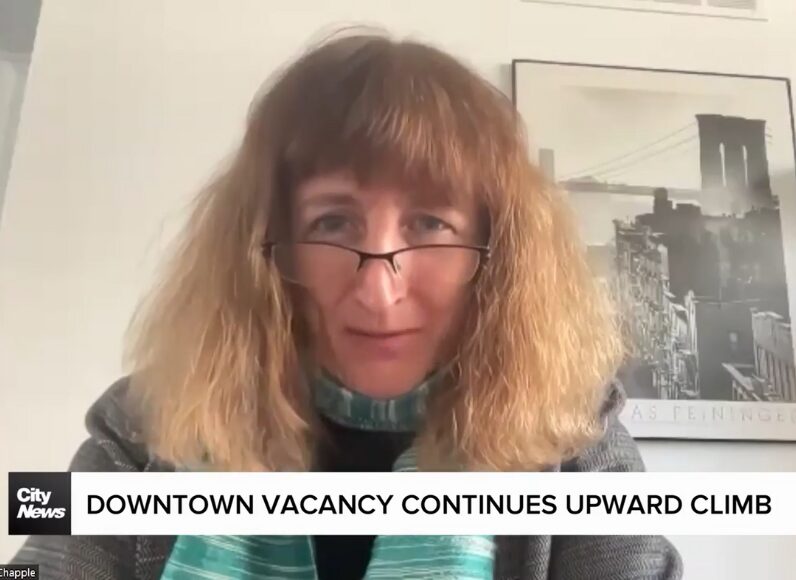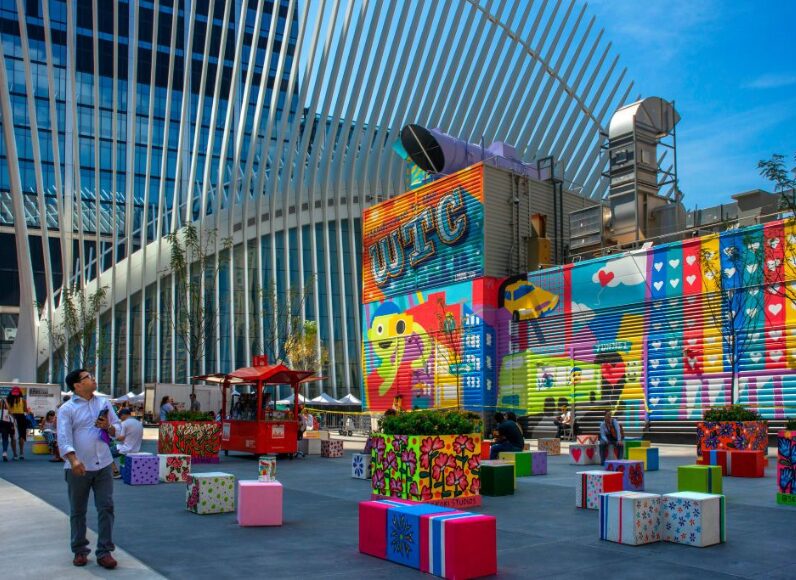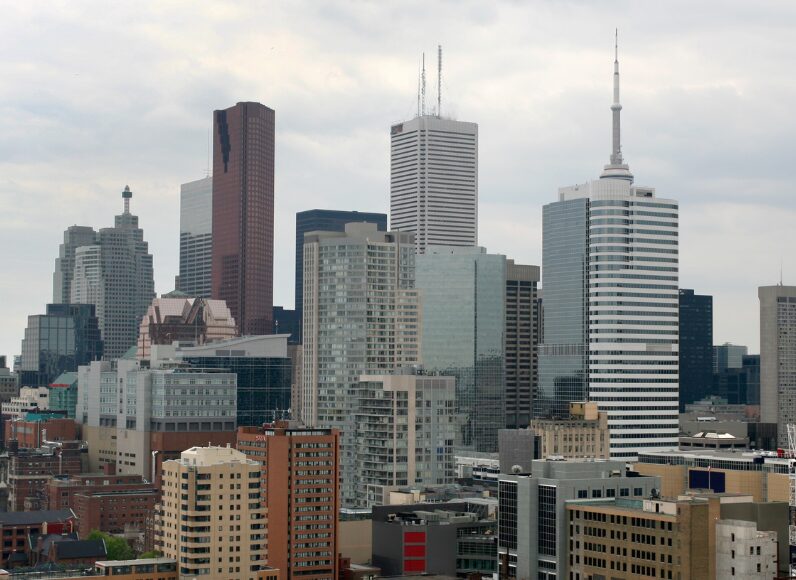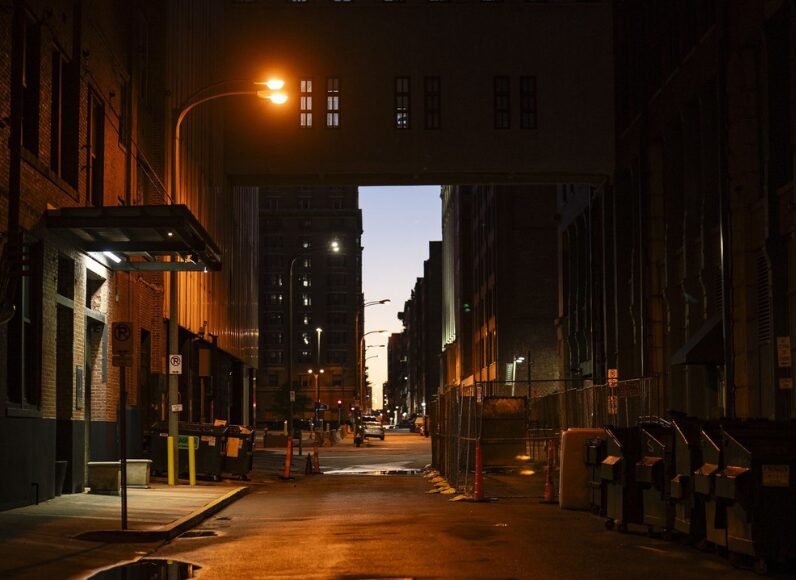By Professor Sarah Sharma, Institute of Communication, Culture, Information and Technology, and Director of the McLuhan Centre for Culture & Technology, University of Toronto
I’ll never forget the confused expressions on their faces as they walked into the McLuhan Centre on a cold and snowy January afternoon for their first meeting of our class, CCT Technologies of Space and Time. Each of the student’s faces seemed to beg the same question: “Am I in the right place, is this the Centre?”
The McLuhan Centre for Culture and Technology is housed in the former thinking space of the world’s preeminent scholar of media – Marshall McLuhan. If you’ve never been there before you might be imagining a smart building with glass walls replete with the latest technological toys and gadgets. Instead, students stumbled upon a Centre on the margins of campus; a quaint Canada Heritage Building in the form of a two-storied brick coach house that sits quietly under the towering Toronto city skyline of cranes and skyscrapers. Their first impressions were fitting, nonetheless. The interplay of technology and the power dynamics of centres and margins in the mediated city was in fact part and parcel of the conceptual focus of the course.
Every Monday between January and April 2017, twenty-one fourth year undergraduate students from UTM’s ICCIT traveled to the McLuhan Centre for class. The course examined the relationship between technology and the social experience of space and time in Toronto. Such an approach to technology, one concerned with spatial and temporal power dynamics, is part of a well-known Canadian approach to media and communication that usually goes under the banner of the Toronto School – of which McLuhan’s work is completely foundational. Students began the semester by reading seminal texts from Toronto School theorists’ of media and communication and then moved on to key thinkers in geography, anthropology, sociology and architecture. In the very site that McLuhan formulated a theory of media that would radically change how to think about technology, students were asked to consider what this theory of media meant in a city that had fundamentally changed since the time of McLuhan’s writing.
Media in the city was broadened in the spirit of the Toronto School approach to include transportation systems, elevators and escalators, the underground PATH, crosswalks and vertical structures that are everywhere going up and up and up. Within the mediated infrastructure of the city, they shed light into how differential experiences of space and time were tied to sexuality, race, gender, and class.
Students uncovered how technologies in the city are tied to different power dynamics; how inequality and social differences in the hyper-mediated zones of the city are hardly singular and rarely experienced as a uniform beat of under a single drum but instead experienced in a variegated rhythm and flow.
Student projects ranged from:
• Practical solutions for a TTC equitable fare system
• Providing green speed bumps in the city that would challenge public perceptions of homelessness and the potential of being inconvenienced by greenery
• Imaginative scenarios of crosswalks, calling attention to the digital attention economy to the creation of board games based on the gentrification of real neighborhoods in Toronto
• Art installations that mapped the sound of the corporate stampede in the PATH and the soundscapes of different public spaces.
Together they revealed that you don’t need a smart building to pick up the conceptual and imaginative tools necessary for thinking through the digital age.




